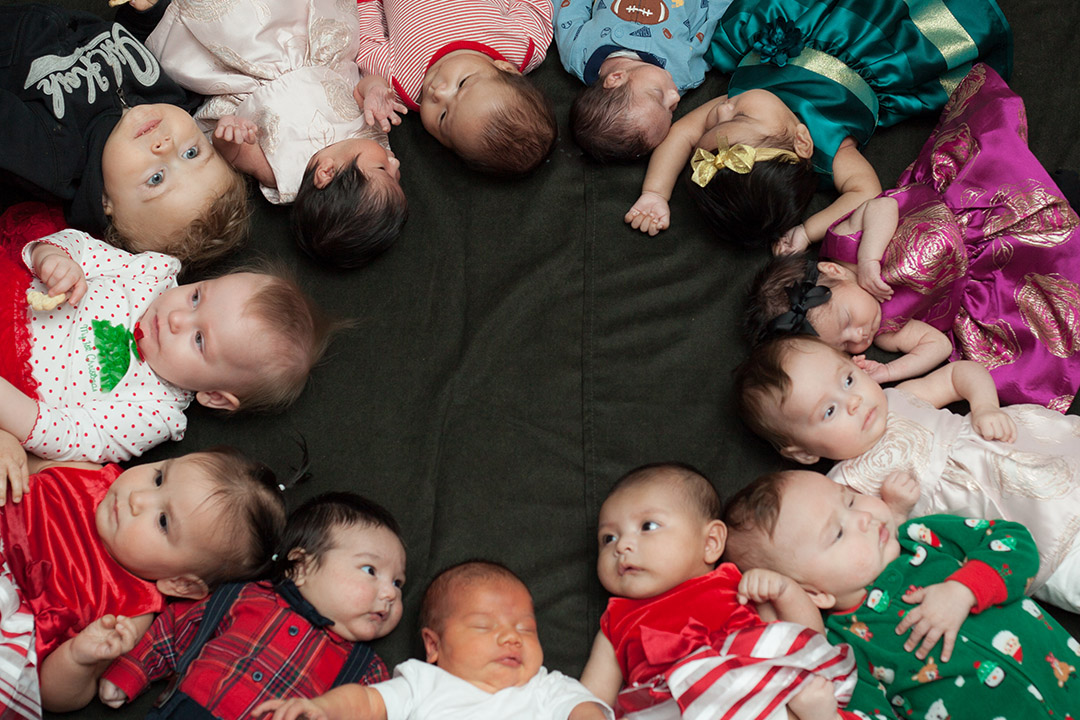
USask awarded $3.6M to tackle opioid withdrawal in babies, improve health care for youth and elderly
Eight University of Saskatchewan (USask) health research projects have been awarded nearly $3.6 million from the Canadian Institutes of Health Research (CIHR) to improve health and quality of life for children, mothers, seniors, Indigenous communities, and people in rural areas.
By USask Research Profile and ImpactOne of the projects will ask the question, “When a baby is born in withdrawal from opioids, will keeping mother and baby together make life better for both?”
The standard practice across Canada is to separate infants showing symptoms of withdrawal from their mothers, transferring the infant into a Neonatal Intensive Care Unit while the mother is sent to a postpartum unit.
With $1.2 million from CIHR, USask researchers will examine the benefits of keeping these babies with their mothers in a supportive care home such as Sanctum 1.5—Canada’s first HIV and high-risk pre-and postnatal care home for women living with or at risk of transmission of HIV.
Benefits to be studied could include preventing infants from being taken into foster care, reducing rates of HIV transmission from mother to baby, improving health outcomes during pregnancy, and reducing the need to treat the infants with morphine to ameliorate symptoms of opioid withdrawal.
The research team led by USask nursing researcher Dr. Sithokozile Maposa (PhD) includes clinical psychologist Dr. Michelle Johnson-Jennings (PhD), Cameco Chair in Indigenous Health and Wellness Dr. Alexandra King (MD), and Sanctum Care Group Executive-Director Katelyn Roberts.
The team will examine whether the health care model of Sanctum 1.5 can be scaled up to serve similar patients across Canada. The program offers a holistic approach to care that enables mothers to remain with their infants in a safe and supportive environment, supporting women who are on opioid replacement therapy and mitigating risks associated with children being apprehended at birth.
The standard practice across Canada is to separate infants showing symptoms of withdrawal from their mothers, transferring the infant into a Neonatal Intensive Care Unit while the mother is sent to a postpartum unit.
With $1.2 million from CIHR, USask researchers will examine the benefits of keeping these babies with their mothers in a supportive care home such as Sanctum 1.5—Canada’s first HIV and high-risk pre-and postnatal care home for women living with or at risk of transmission of HIV.
Benefits to be studied could include preventing infants from being taken into foster care, reducing rates of HIV transmission from mother to baby, improving health outcomes during pregnancy, and reducing the need to treat the infants with morphine to ameliorate symptoms of opioid withdrawal.
The research team led by USask nursing researcher Dr. Sithokozile Maposa (PhD) includes clinical psychologist Dr. Michelle Johnson-Jennings (PhD), Cameco Chair in Indigenous Health and Wellness Dr. Alexandra King (MD), and Sanctum Care Group Executive-Director Katelyn Roberts.
The team will examine whether the health care model of Sanctum 1.5 can be scaled up to serve similar patients across Canada. The program offers a holistic approach to care that enables mothers to remain with their infants in a safe and supportive environment, supporting women who are on opioid replacement therapy and mitigating risks associated with children being apprehended at birth.

